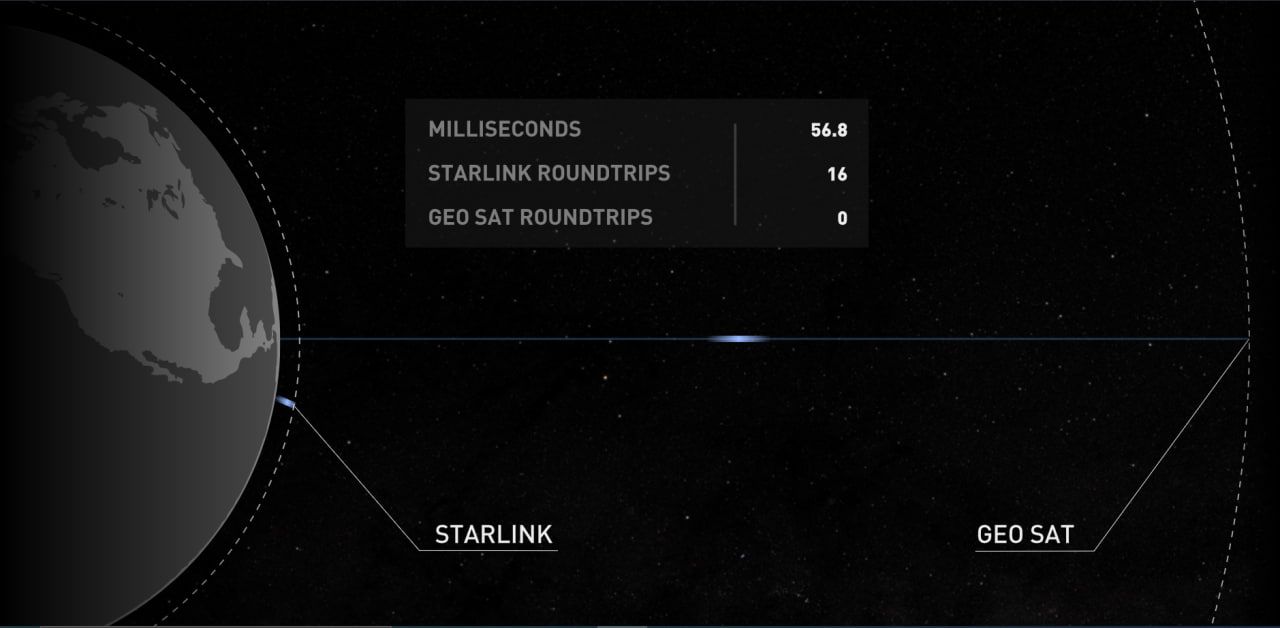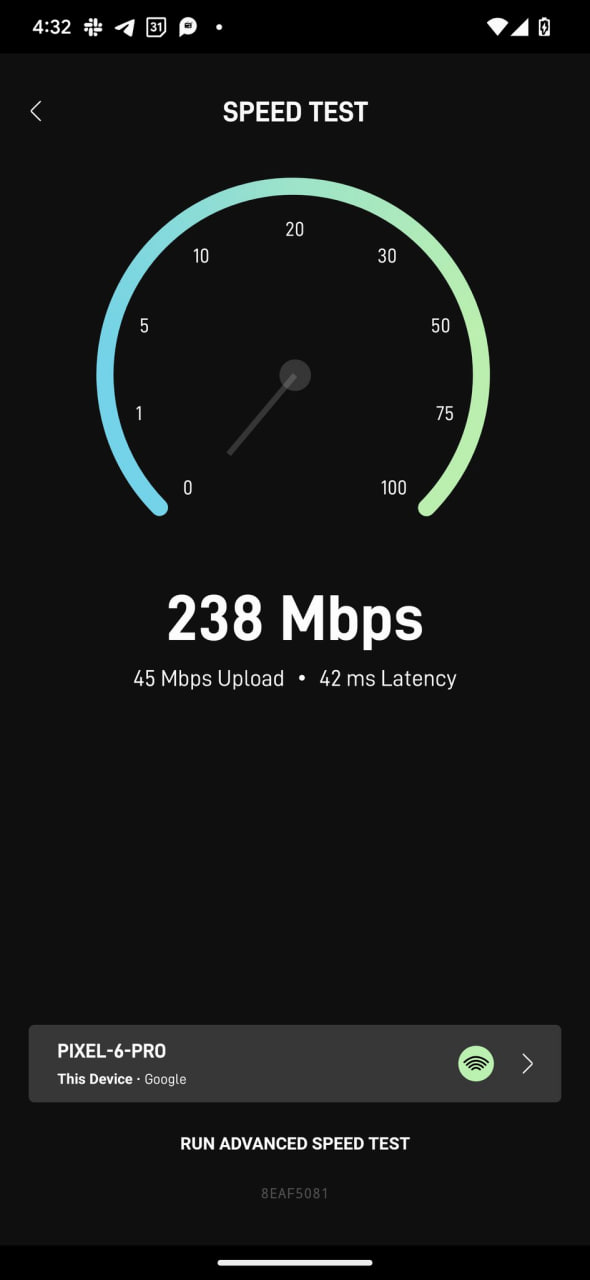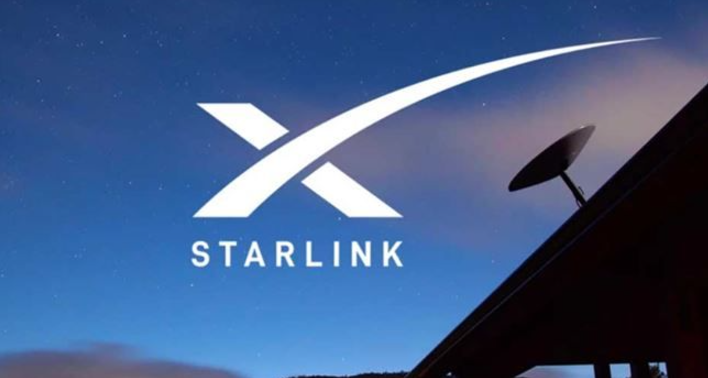Since Elon Musk announced, through a tweet in May 2022, that SpaceX’s Starlink is coming to Nigeria, there has been palpable anticipation on the internet. In a country where internet speed is erratic, Starlink’s fast internet speed offers a remedy.
Technology can be the key to changing the lives of those who live in rural and growing areas of a country. But they need access to the internet to make that happen.
Broadband internet makes telecommuting, online learning, telemedicine, job application, and skill acquisition possible. According to the World Bank, digital connectivity can directly affect the productivity of firms, workers, and lead to improved economic outcomes.
Starlink is the world’s first and largest satellite constellation using a low Earth orbit to deliver broadband internet capable of supporting streaming, online gaming, video calls and more.
Most satellite internet services come from a single geostationary satellite orbiting the planet, while Starlink is a constellation of thousands of satellites that orbit the planet.
Also, other satellite internet services orbit the planet at 35,786 km. As a result, the round trip data time between the user and satellite—also known as latency—is high, making it nearly impossible to support streaming, online gaming, video calls or other high data rate activities.
Meanwhile, Starlink is much closer to Earth, at about 550 km, and covers the entire globe. Because Starlink satellites are in a low orbit, latency is significantly lower—around 20 ms vs 600+ ms.

This means that with nothing more than a clear view of the sky, the internet service provider delivers high-speed, low-latency internet. In addition to making the internet available in both rural areas and urban areas, the device can withstand extreme cold, heat, hail, sleet, and heavy rain.
SpaceX planned to commercially launch Starlink in Q4 2022 but missed the deadline. Finally, on the penultimate day of January 2023, they announced that the hardware kit is now available in Nigeria.
Starlink is now available in Nigeria – the first African country to receive service! → https://t.co/slZbTmZmAt
— SpaceX (@SpaceX) January 30, 2023
I spoke with Gbadebo Bello, a Nigerian living in Ogun state, whose Starlink hardware device has been delivered to him. He has set it up and so far, he is impressed with the result.
Hello boss, this is really decent , mind sharing the cost, how long it will take to get here and what the monthly sub looks like
— olayanju.eth (@olayanjuidris) January 4, 2023
Editor’s Note: Gbadebo wrote a brief explainer on what Starlink is, to clarify what the device is and how it operates.
What is Starlink?
Starlink is a division of SpaceX, a space exploration company owned by Elon Musk offers a satellite internet service across 40+ countries all over the world. There’s been quite a lot of fuss about Starlink, but before I explain why, let me take a step back and briefly explain how our mobile devices and computers are able to get access to internet connectivity.
The internet allows us to send and receive data across thousands of miles. It is a global computer network of information and data. These data are stored in data centers which can be thousands of miles away from us.
The videos you watch on YouTube are able to get to you because of a complex network of optical fiber cables connected to these data centers. These optical fiber cables are the backbone of the internet. They are routed to cell towers, which send data to your devices in the form of electromagnetic waves.
Optical fiber cables are one way in which data is sent and retrieved from data centers, another is through Satellites, where signals are broadcasted to the satellite, and from the satellites to you.
This approach is the method Starlink employs to provide internet access to its customers. It creates a global broadband network by using a constellation of Low Earth Orbit Satellites to provide high-speed internet services. It currently has about 3,000 satellites in the earth’s orbit and plans to launch thousands more in the coming years.
Starlink isn’t the only company doing this, but the icing on the cake for them is that they claim to be able to offer low latency internet, at faster speeds globally.
The advantage of Satellite Internet over cable or wireless internet is that it can get to rural areas, areas with very bad internet, or that do not have access to the internet and still give the same quality, speed, and latency as it would in urban areas.
Yes, so that was a brief explainer from Gbadebo on what Starlink does, their underlying technology and how low Earth orbit satellite works. To make your Starlink’s onboarding process more seamless, here’s a curation of other questions you might have on getting the device and setting it up.
Benefits of Starlink
- Fixed broadband download of 250 Mbps.
- Starlink uses LEO satellites that circle the planet at only 300 miles above surface level. This shortened geostationary orbit improves internet speeds and reduces latency levels.
- Ideal for livestreaming and television broadcasts because the service offers greater bandwidth, lower latency, and improved accessibility.
- Easy to setup.
- Starlink internet can be found almost anywhere.
How much is it, and what’s the subscription?
Starlink’s charge for the hardware device is $600 (₦274,098) and the subscription is $43 (₦19,260) per month.
For the average Nigerian, this is on the high side since the minimum wage is pegged at ₦30,000) For context, that’s asking an average Nigerian to prioritise data over other essentials and spend more than half of his salary on internet. The monthly living wage for a Nigerian family is ₦42,300.
Where can I order Starlink?
You can order your Starlink device on the company’s website. The Starlink Kit arrives with everything you need to get online in minutes including your Starlink, WiFi router, cables and base. It is self-orienting and connects in minutes as long as it has a clear view of the sky.
The Starlink base is designed for ground level installation, or to support a quick start setup to test your internet connection. Many customers find that a permanent mount provides the best installation and service. Additional mounts and accessories are available for purchase on the Starlink shop once your Starlink Kit is ready to ship.
What internet speed can I expect?
In the majority of remote or rural settings, your Starlink system will be able to deliver speeds of up to 250 Mbps. Bello Gbadebo reported 238 Mbps download, 45 Mbps upload and 42 ms latency.

Given that the average internet speed in Lagos according to Speedtest, is 11.84 Mbps download, 10.67 Mbps upload and 17 ms latency, then Starlink is a huge upgrade.
How many devices can connect to Starlink at once?
The Starlink app says that the Starlink router can support up to 128 devices.
How long before it gets to Nigeria
Bello Gbadebo pre-ordered his device in October 2022, and it was available for shipping in December. When he made the final order, it took a week and a few days to get to Nigeria.
I pre-ordered in October when it was available for shipping. The pre-order cost $100. Made the final order in December and it took a week and a few days to get here. Cost $500, making the total $600.
— Bello Gbadebo (@Gbahdeyboh) January 4, 2023
If you would like a more accurate estimated wait time, pre-order Starlink and then check your account dashboard. Starlink will assign you a quarter or month when your order date is close. And if you can’t wait, there are a couple of options to skip the waitlist completely.
What payment method can be used to pay for Starlink?
Any card tied to a Nigerian bank’s domiciliary account can work. However, dollar virtual cards also work.
Does Starlink offer static IP addresses?
Yes, Starlink offers static/public IP addresses if you are a Business tier customer. Static IPs are not available for the residential, or any other service tier.
Starlink’s drawback
According to our publisher, Benjamin Dada, Starlink’s payment flow and experience are currently terrible. Here is his review while trying to order the device using multiple cards.
The Starlink payment flow and experience is currently terrible.
Here is what I found out trying multiple cards.
— Benjamin Dada (@DadaBen_) January 31, 2023
How to set up your Starlink
- Download the App, which is available on both Android and iOS devices.
- Check For Obstructions.
- Unpack The Starlink Kit.
- Assemble And Install The Dish.
- Plug Everything In.
- Connect To Starlink.
- Use The App To Manage Starlink. Visibility. Statistics. Speed. Settings.
Related Story: How Elon Musk’s Starlink will impact Nigeria’s economy
Get passive updates on African tech & startups
View and choose the stories to interact with on our WhatsApp Channel
Explore




